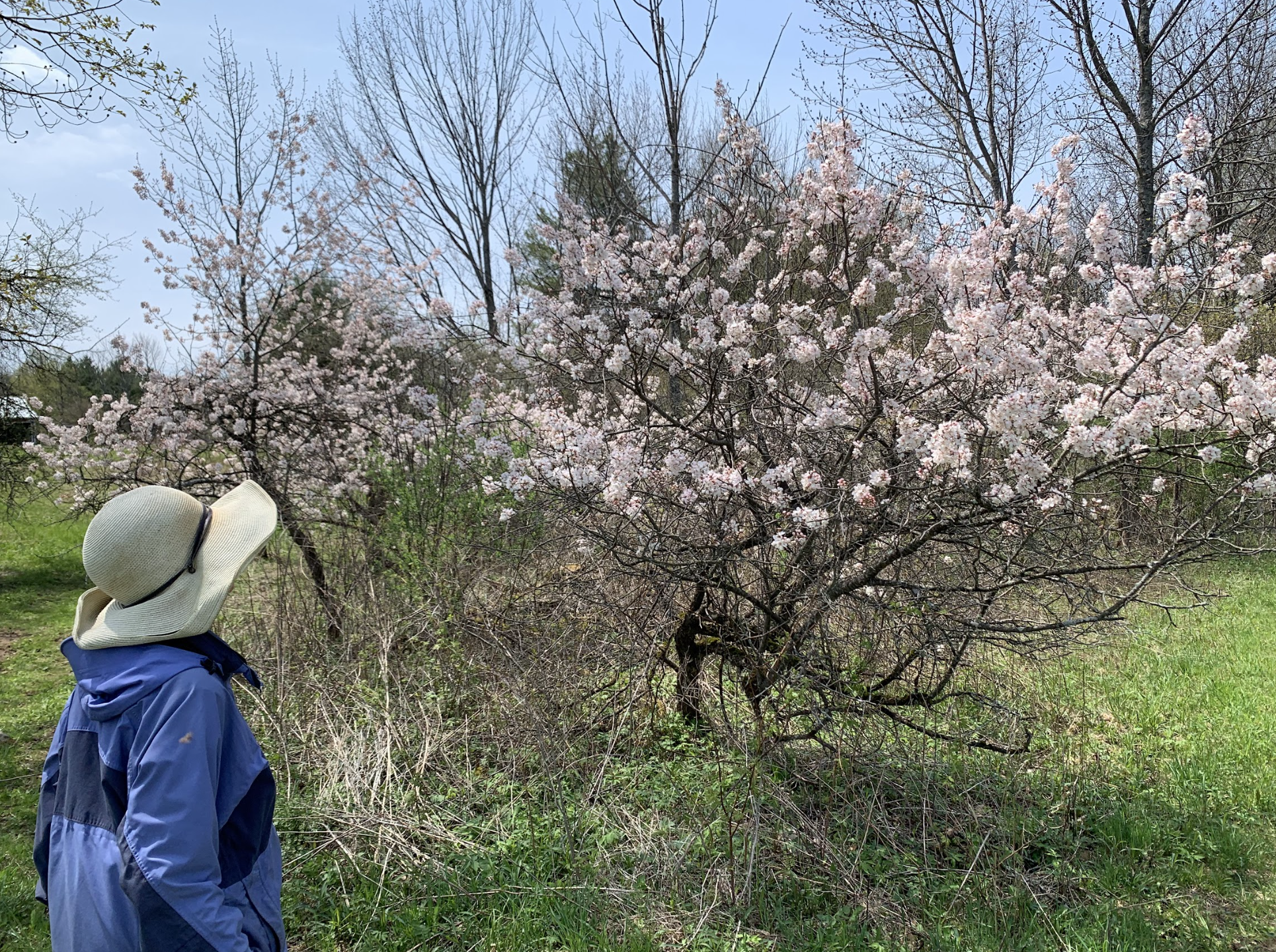
Our History
Strawberry Fields Nature Preserve is a living reflection of how people and land can evolve together. For generations, this patch of the Mohawk Valley has been shaped by the hands, hopes, and decisions of those who’ve called it home: from Indigenous peoples who moved with the rhythms of seasons, to early settlers, family farmers, and today’s environmental stewards. Each era has left its mark, creating a landscape rich in both memory and meaning. What began as wild wetland and forest became farmland, then homestead, and is now a protected preserve where nature is given space to thrive, and where the community is invited to reconnect with the land.
From Ancient Seas to Modern Day Stewardship
ANCIENT ORIGINS
Over 500 million years ago, the region that is now Strawberry Fields was part of a shallow tropical sea. Early marine life, small, often shelled or boned, lived and died here, forming limestone seabeds. Around 450 million years ago, the collision of proto-North America with an island arc caused the Taconic Orogeny, uplifting the seabed and forming the towering Taconic Mountains, once as tall as the Himalayas. This geological upheaval also shaped nearby Wolf Hollow, and created the dolostone bedrock visible throughout the preserve today. Bedrock exposed at higher elevations is approximately 490 million years old, over four times older than the earliest dinosaurs. Depending on location, regional rocks range from 50 million years younger (toward Rotterdam Junction and Glenville) to those deep below the surface dated at 1.1 billion years old, part of the ancient Adirondack Mountains.
NATIVE PRESENCE AND EARLY SETTLEMENT
As glaciers receded approximately 12,000 years ago, the area became a hunting ground for Native Americans, likely drawn to the region's flat, wet terrain, identified by botanists as beaver meadow habitat. Evidence of these ecosystems remains today, including active beaver populations nearby.
In the early 1700s, the de Groat family purchased the land. By 1710, the first grist mill west of Schenectady had been established here, serving settlers in what was then a frontier region. The Evaskill Creek, running adjacent to the road, bears the Dutch name of Eva Van Alstein, who was captured and scalped during regional conflicts in 1755.
Land clearing began in earnest by the mid-1800s, when a descendant of Phillip Groat built a small cabin. In 1880, the land passed to Amsterdam millionaire Abraham Morris, who built the original house as a home for a tenant farmer cultivating crops for his riverfront mansion (now Valentino’s restaurant). Through the early 20th century, the land changed hands among local farmers contending with rocky, wet soils.
MODERN OWNERSHIP & VISION
The agricultural era ended in 1965 with the destruction of a Dutch-style barn. In 1968, the property, including the house, pond, and 120 acres, was purchased after being advertised in the New York Times. In 1971, the land was passed on to the next generation, who would eventually make it their full-time home.
After years of part-time use, permanent residence began in 2000, followed by retirement in 2002. With time for reflection, a long-held concern for environmental degradation and climate change led to a personal mission: to protect this land, live in harmony with Nature, and minimize fossil fuel use.
Starting in 2003, Strawberry Fields evolved into a model of local climate action and ecological stewardship. A combination of conservation, habitat restoration, and renewable energy projects has shaped the land into a vibrant, protected ecosystem. Key milestones include:
2009: Installation of solar photovoltaic panels
2012: Introduction of an electric vehicle
2013: Installation of geothermal HVAC and the signing of a conservation easement with Mohawk Hudson Land Conservancy
Ongoing: Net-zero energy use through renewable electrification and 33 acres of protected woodland
FROM PHILOSOPHY TO PRACTICE
With over 2,500 annual visitors, Strawberry Fields has become a place of learning, discovery, and connection. Through trails, signage, and public engagement, guests are invited to develop deeper respect for the web of life sustained here. More than 100 species of birds and over 300 vascular plants have been identified on the property, all protected under active land management plans.
The preserve also supports projects such as:
Wildlife habitat restoration and invasive species control
Management for early succession habitat, wetlands, woods, and steep slopes
Public access for education and connection to Nature
Participation in the MOTUS wildlife tracking network
American Chestnut restoration efforts
The land is also home to a vibrant community of wildlife who, along with trees and plants, are treated not as background but as neighbors. Strawberry Fields remains a family gathering place and a sanctuary for both humans and non-human life. Its future lies in continued stewardship, in partnership with organizations like Mohawk Hudson Land Conservancy, and in the vision of a world where people and Nature thrive side by side.
In 2016, Lovin’ Mama Farm established operations on 10 acres of Strawberry Fields, resuming the land’s agricultural legacy after a 50 year hiatus. From early homesteading and tenant farming to regenerative organic agriculture, the land’s story has returned full circle, now producing food in ways that enrich rather than exploit the environment.
REGENERATIVE AGRICULTURE
LEGACY & EDUCATION

